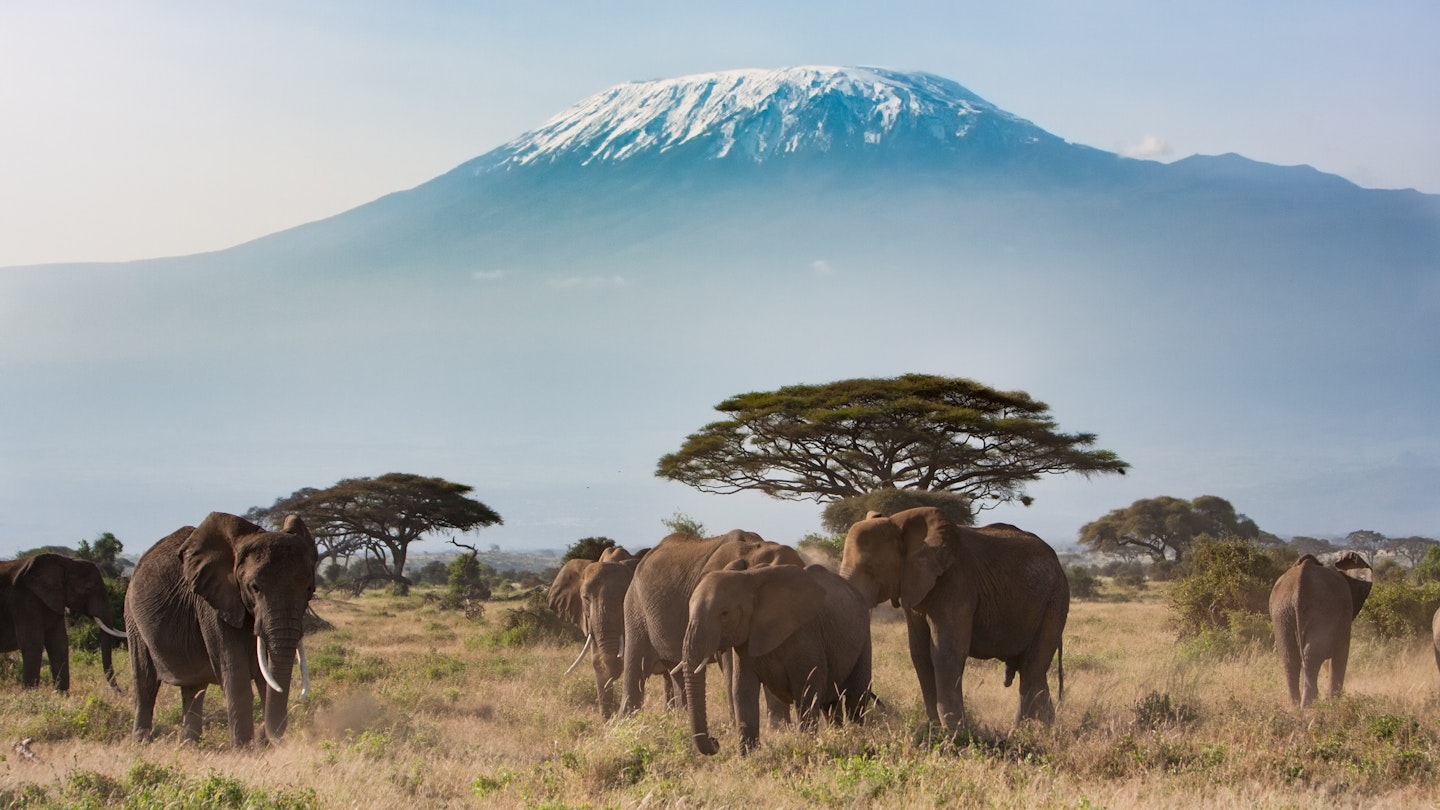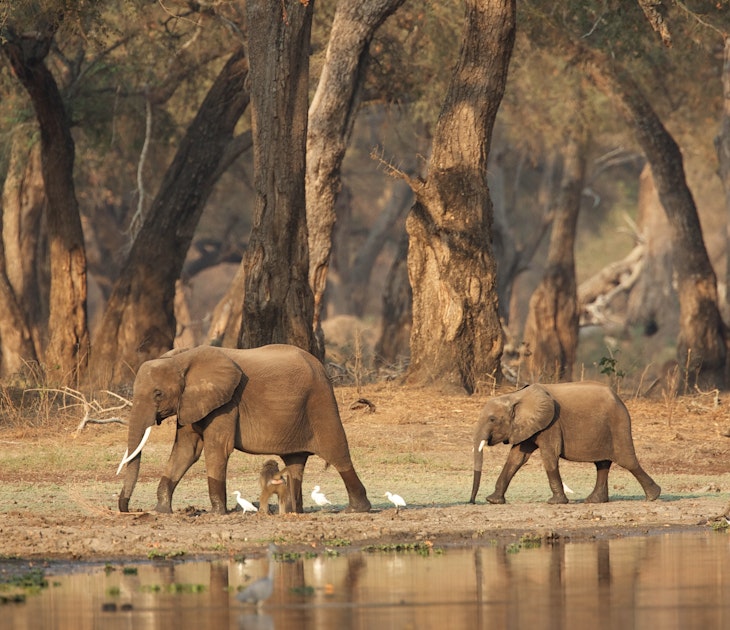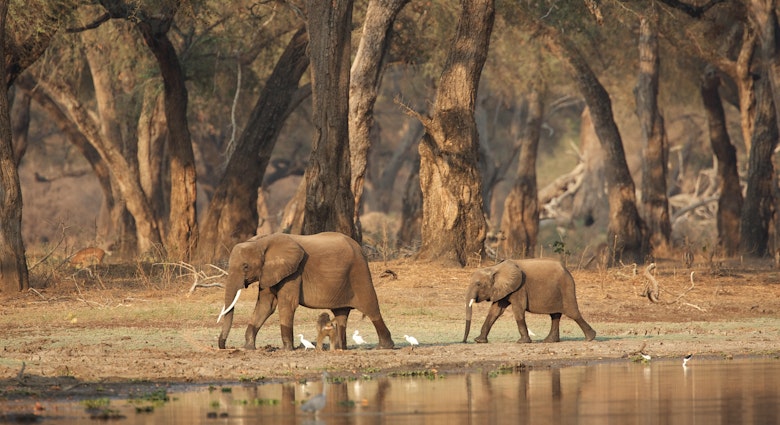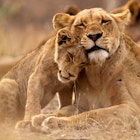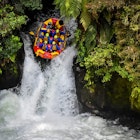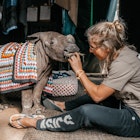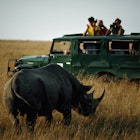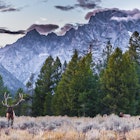It’s one of the most iconic images of Africa: snow-capped Mt Kilimanjaro rising from the African savannah. This view from Kenya's Amboseli National Park, often dotted with elephants in the foreground, is how many people imagine an African safari to be. And for good reason – Amboseli is one of the best places on the continent to see wildlife. Its bounty of animals, however, isn't owed to just Mother Nature, but also to the fact that the park is an epicentre for some of the most important conservation work being carried out in East Africa.
Here, we look into the park's wildlife riches, and the key conservation and ecotourism programmes ensuring its survival.
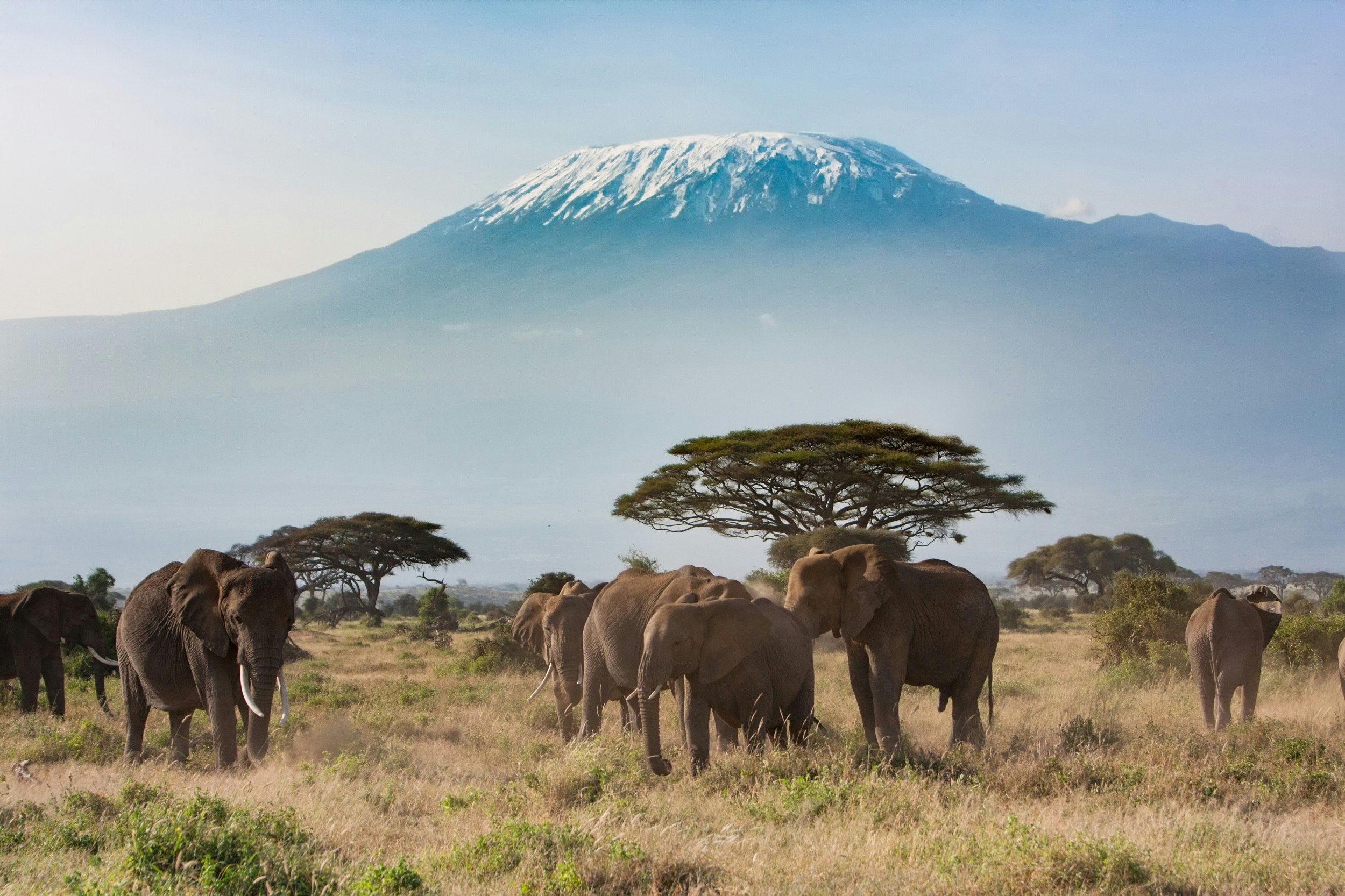
The greater Amboseli Basin ecosystem
At just 392 sq km (151 sq miles), Amboseli National Park represents only a small proportion of an ecosystem that extends across the Amboseli Basin. Existing as it does in the rain shadow of Mt Kilimanjaro, Amboseli is an arid land, save for the swamps and waterholes fed by underground aquifers filled by rainwater filtering down off the slopes of Africa’s highest mountain. The Amboseli Basin is bordered by two other national parks, the Chyulu Hills, depicted in Hemingway’s Green Hills of Africa, and Tsavo West, one of Kenya’s largest protected areas. Where the basin is not protected by national parks, it divides into what are known as communal Maasai ranches, where Maasai communities live and herd their cattle. The Amboseli Basin is home to around 1500 elephants, 150 lions, 35,000 Maasai, and two million livestock.
Read more: Top tips to make your African safari more affordable
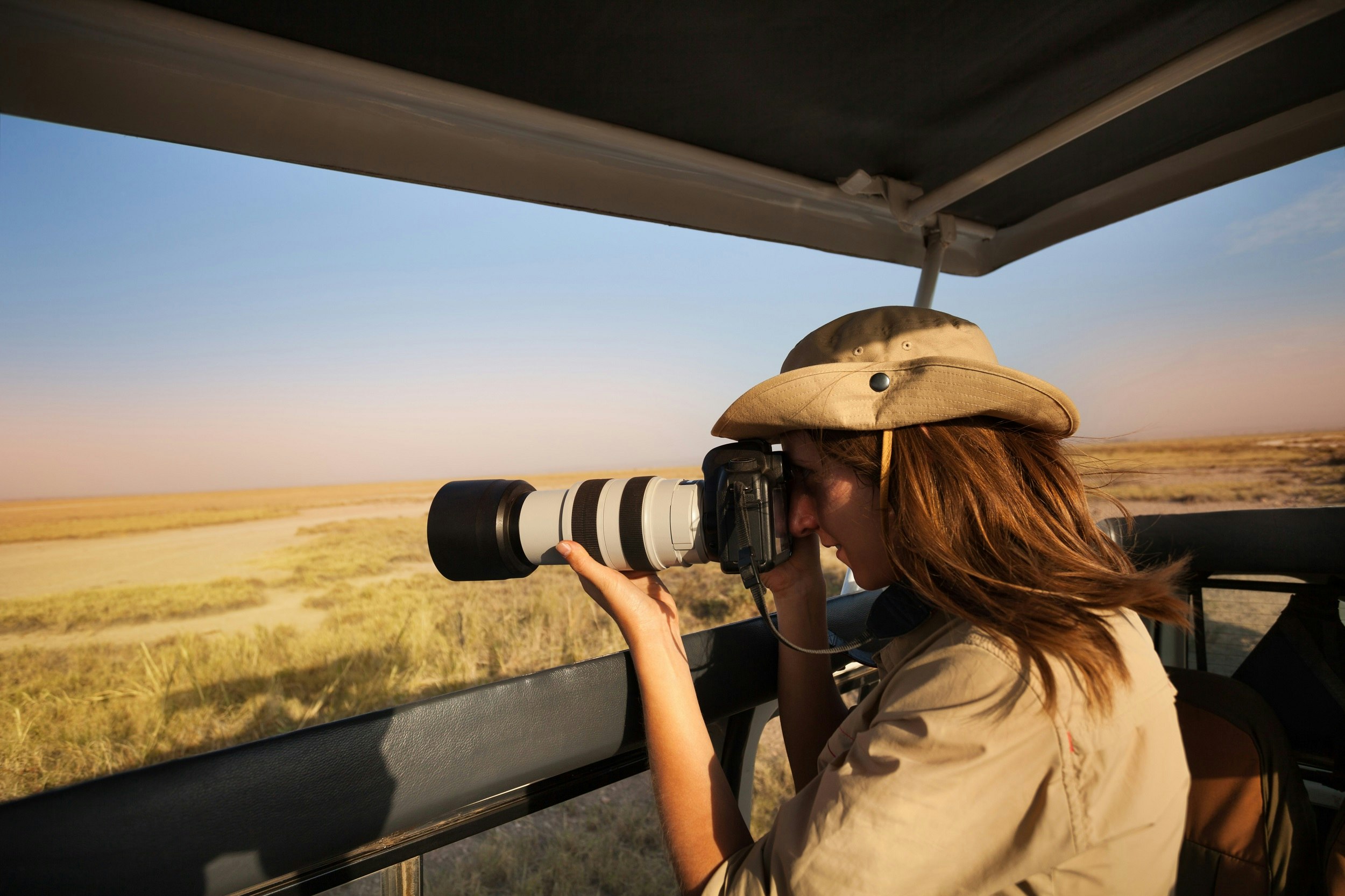
The diversity of wildlife in Amboseli National Park
Amboseli may be small but it contains an extraordinary diversity of habitats. Out in the park’s east, the acacia forests close to the Kimana Gate are a favoured habitat for giraffe. Further into the park as you come from Kimana, the open plains are classic savannah landscapes, ideal for cheetah, spotted hyena and, with tall grasses never far away, for lions stalking wildebeest, zebra and even buffalo. In the heart of the park, the deep greens of the Enkongo Narok, Olokenya and Longinye marshes provide shelter for hippos and waterbirds, not to mention the elephants that are the park’s signature. These days poaching has made elephants skittish and scarce in other parts of Africa, but Amboseli remains a stronghold for large-tusked elephants; more than a thousand elephants reside here – nowhere else in Africa can you get this close to them.
Read more: Where you should go on your first safari in Africa

The key conservation programmes protecting wildlife
1. Amboseli Trust for Elephants
The only major conservation programme to operate within Amboseli National Park’s boundaries, the Amboseli Trust for Elephants has been studying the park’s elephants for decades. It's overseen by renowned elephant conservationist Dr Cynthia Moss, who was behind the legendary elephant documentary Echo of the Elephants. The research camp, littered with giant elephant skulls, is not open for independent visitors, although larger groups can arrange a paid visit that includes an hour-long lecture about the Trust’s work and Amboseli’s elephants in general.
Read more: A day on safari in Africa: what you can expect in camp and in the wild
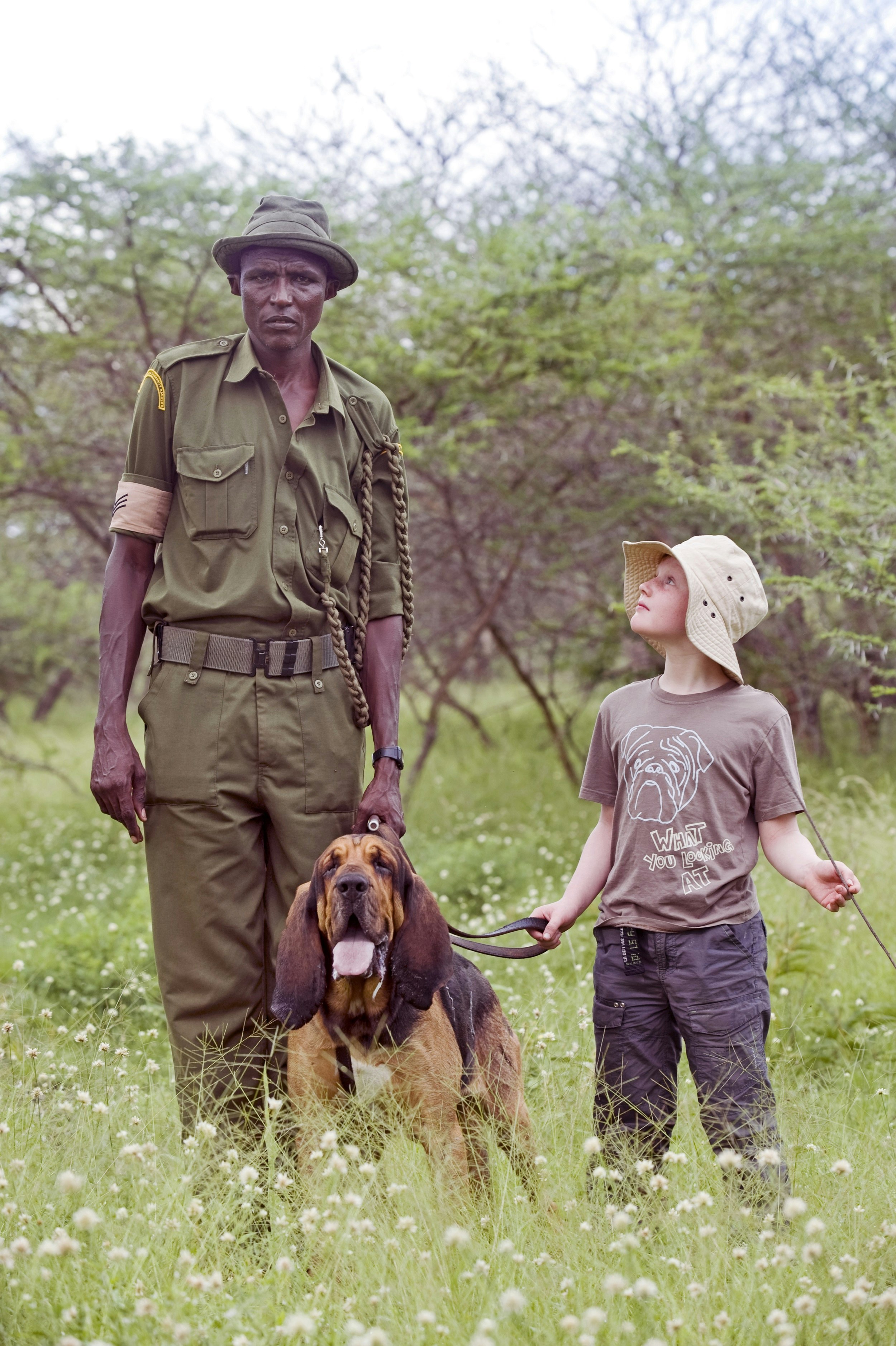
2. Big Life Foundation
Based on Mbirikani Group Ranch, Big Life Foundation is the work of veteran conservationist Richard Bonham. Its team of armed anti-poaching rangers has sought out to stop all those who would harm Amboseli’s elephants and the small population of rhinos in the Chyulu Hills. Since the programme began in 2010, Big Life’s rangers have been patrolling on both sides of the Kenya-Tanzania border. They’ve been responsible for more than 3200 arrests, as well as a dramatic downturn in the number of successful poaching incidents. The programme operates out of Ol Donyo, a supremely luxurious lodge with a glorious location on the lower slopes of the Chyulu Hills, with uninterrupted views of Mt Kilimanjaro.
Read more: Safari animals: the story of elephants (and the best places to see them)
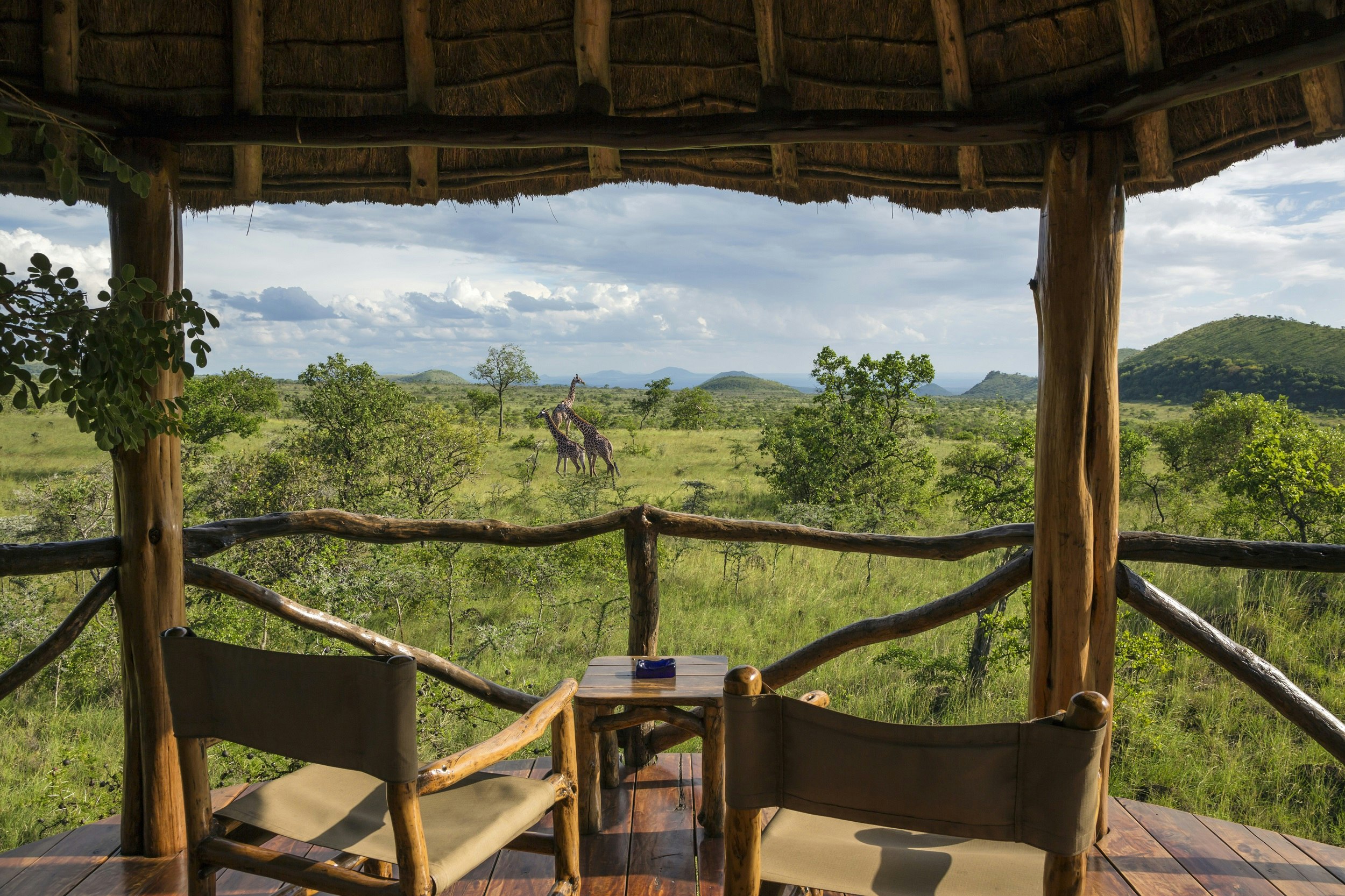
3. Maasai Wilderness Conservation Trust
Out in the eastern reaches of the Amboseli Basin, close to Tsavo West National Park on Kuku Group Ranch, the Maasai Wilderness Conservation Trust runs an impressive array of conservation and ecotourism programmes. These range from preventing conflict between lions and local Maasai communities, and strengthening those same communities through education and health initiatives, to environmental education and preventing deforestation. Central to their work are the Simba Scouts (local Maasai rangers) and Wildlife Pays (which pays local communities for the wildlife that lives on their land). The Trust is based at Campi ya Kanzi, a luxury camp with beautiful tents and public areas that hark back to the nostalgic days of early 20th-century safaris in their decor, even as they move strongly towards reducing their carbon footprint in all aspects of camp life.
Read more: Safari animals: the story of lions (and the best places to see them)
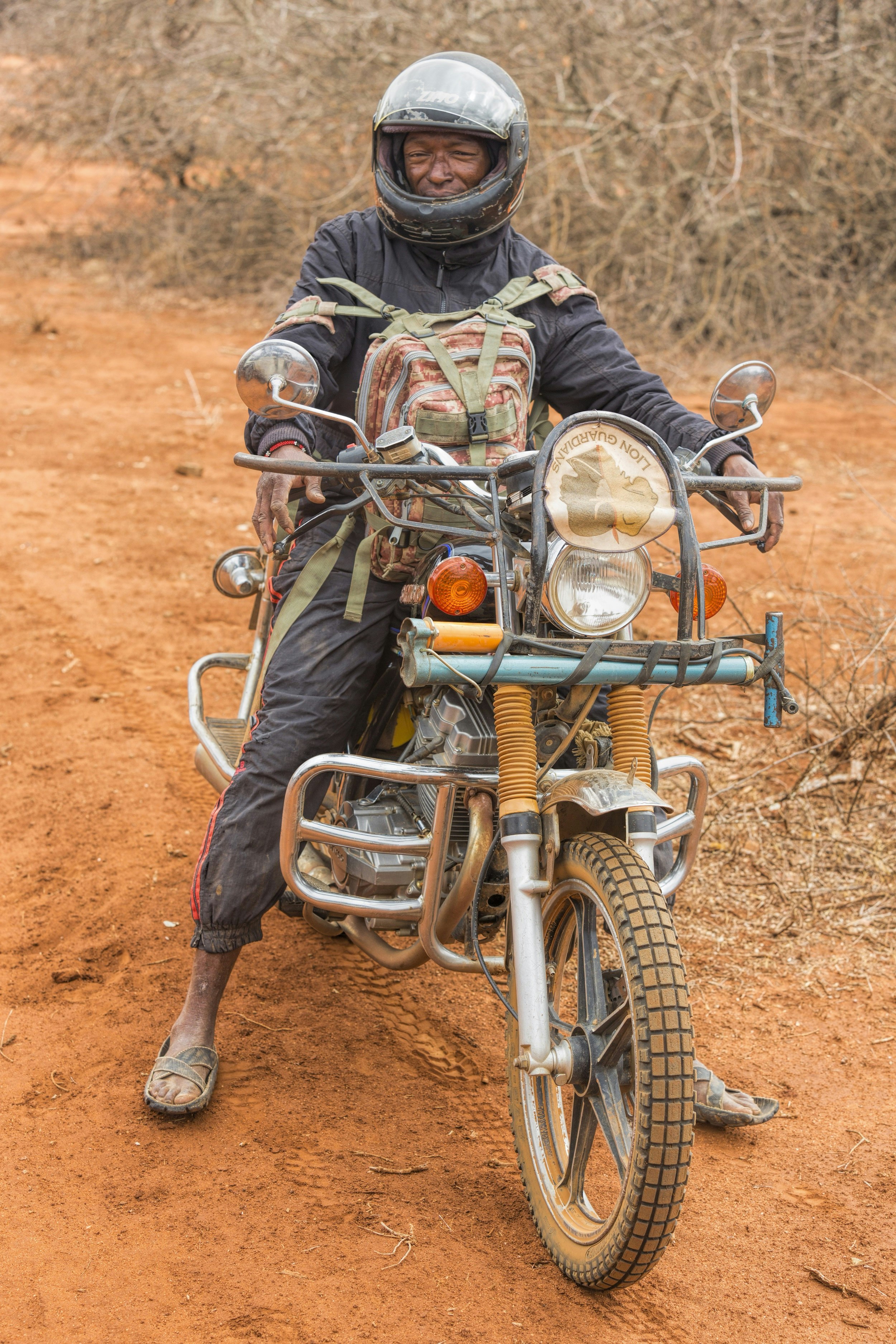
4. Lion Guardians
One of Africa’s more innovative lion conservation programmes, the Lion Guardians use Maasai traditions to save the lions of Amboseli. In decades and centuries past, young Maasai men proved themselves worthy of being called warriors by killing a lion using a spear; others killed them to gain revenge for the loss of livestock to the big cats. Under the Lion Guardians programme, these same warriors, many of them former lion killers, work to protect lions by convincing young Maasai not to follow in their footsteps. The Lion Guardians also protect their communities by preventing conflict before it happens, helping herders to build stronger enclosures to shelter their livestock from lion attacks, and recovering lost cattle. Largely thanks to their work, lion hunts have fallen dramatically, lion numbers are rebounding, and it’s a model of coexistence that has been adopted elsewhere, including in Hwange National Park in Zimbabwe. The project is based north of the national park, but is not open to visitors.
